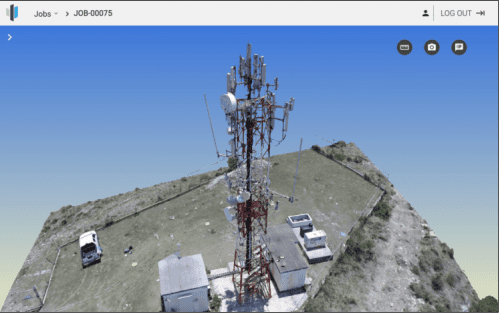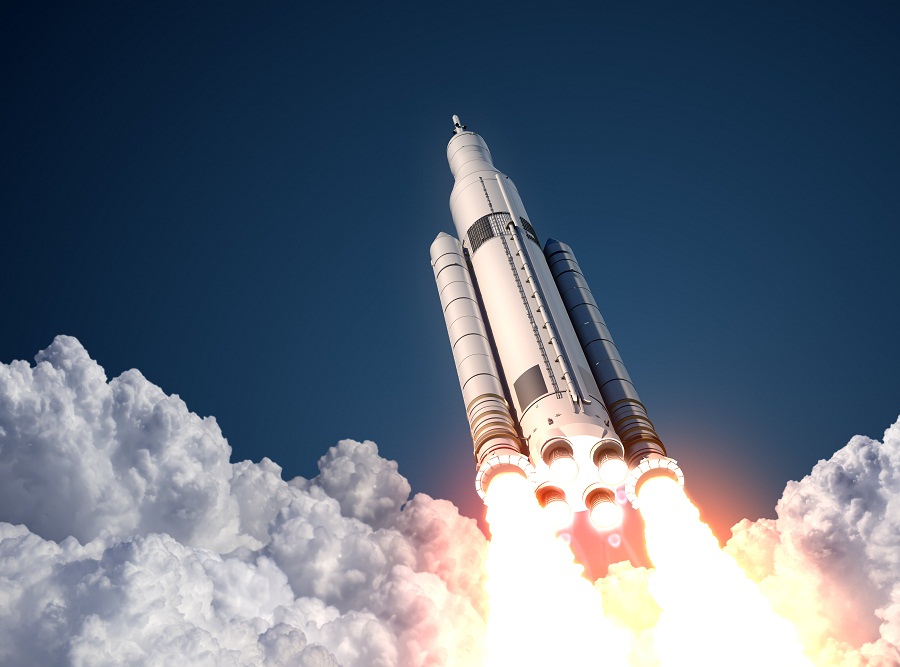Trimble introduces new system to provide operators with up-to-date information to improve efficiencies
US: Trimble introduced the Trimble D2M rolling stock allocation and management system that provides operators the ability to better control rolling stock resources to maximize utilization and minimize rail service disruption.










